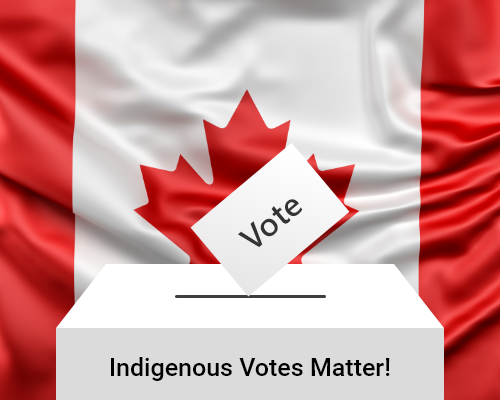If you have been on a computer at all, if you have live-streamed video or gamed, then you have heard the slang term “lag”. Oooh the dreaded lag!
The mere word itself brings on frowns and frustration knowing lag is a real thing in these modern computer times! We have put a man on the moon, but we can’t seem to technically stop the time delay between sending and receiving, especially at that precise moment where the evil villain can be captured or the best part of our favourite song is playing, then stops.
The real term is latency, which means a time delay between information being sent and the time it takes to receive it. It is the limited velocity which any physical interaction can propagate or transmit. The magnitude of this velocity is always less than or equal to the speed of light.
In reliable two-way communication systems, latency limits the maximum rate that information can be transmitted. There is often a limit on the amount of information that is “in-flight” at any one moment. In the field of human-machine interaction, solid, reliable latency has a strong effect on user satisfaction and usability. It has been less than acceptable and, in many areas, non-existent. That is about to change!
Futuristic ideas and concepts have advanced to real-time, our time! If the promise made by the Liberal government shortly ahead of the call for election holds true, $1.44 billion will be spent to enhance the online presence for rural and remote communities all across Canada.
LEO truly is out of this world!
Who is this Leo you might ask? LEO is the acronym used for “low earth orbit” satellites. They operate 35 times closer to the Earth than traditional telecommunications.
Telesat, an Ottawa-based global network, founded in 1969 operates a fleet of geostationary satellites. This cluster remains fixed over a service area 36,000 kilometers above the Earth. With the funds promised by the Liberal government, Telesat will add another 298 satellites to the atmosphere. This group of LEO’s is to be called “Lightspeed”. When Telesat has Lightspeed operational, they will enable broadband internet, LTE (which is 10 times faster than 3G), and 5G (which can be up to 25 times faster than 4G LTE) connectivity in Canada. The Lightspeed satellite project should be up and soaring by 2024. It will have the ability to connect approximately 40,000 households and offices in rural and remote regions.
What a great relief this will be for remote Indigenous peoples who have been seeking economic inclusion, engagement, and forward motion for their communities for far too long!
It’s Time For Change will be ready to help Indigenous remote communities with this economic “lift-off” when LEO is up in the skies hard at work. It’s Time For Change strategy and platform is built on opportunity, while helping remove long-standing barriers.
We provide these and more — Remotely:
- Access to job postings for workers and employers alike
- Skilled and experience-based liaison Indigenous Service Providers (ISP)
- Procurement/Connecting buys with sellers
- Learning and skill building based programs educating Management to Labourer
- Web design (which is of great importance when introducing your community to the world via internet)
- Engagement strategies, bridging Indigenous Partnerships with non-Indigenous groups to boost economic growth
- Advertising within a community platform for the public and private sector of Canada
- Comprehensive profile lists of Canada’s First Nation, Inuit and Metis communities allowing for unsurpassed connectivity working toward economic growth
Indigenous peoples refer to the Eagle as having the ability to soar highest in the sky, serving as a messenger for prayers to and from the Creator. Their abilities show great courage, strength, and vision and are skills important to First Nation cultures.
When the Eagle and LEO take flight, Indigenous peoples of Canada will finally have connectivity, engagement, and economic inclusion.
It’s Time For Change will be there to soar with you!
Originally published at https://blog.itstimeforchange.ca on November 29, 2021.









